I drove up U.S. 1 through Laurel the other day, and I hit a few thrift stores, including one I’m showing you today.
First, a few of the neat bits and pieces from the strip. From Google Maps, because stopping for photos here is a hassle. A motel with what looks like a hand-painted sign:
An abandoned old porcelain-tiled 1950s (probably) auto shop with a retro lamppost:
An old Howard Johnson’s motel and restaurant:
A well-preserved Little Tavern, a local burger chain, building. Apparently this Laurel location got the burger recipe and may continue to serve it (now I’m thinking I have to go eat there—possibly historic burgers and definitely homemade donuts!).
I guess this could have been a “What Do You Think You’re Looking At?” bundle edition, but I don’t have anything else on these except to say that I might revisit the donut/burger joint. Stay tuned.
But the store I’m focusing on today is this:
The left half is a thrift store, which is what I’m writing about. The right half is a supermarket. Way back, this was a single store—a Super Safeway, an early supermarket/discount store hybrid. So in its way, it’s still that.
The thrift store is interesting because of this:
They don’t take donations and don’t donate proceeds—they’re a for-profit store that buys donated merchandise from charities! It looks like a regular old thrift store:
But this unique merchandise channel is why you see higher-end stuff like this on the shelves:
And stuff like this, which is wild these days—I haven’t seen a retro video game console in a regular thrift store in years.
They’re basically “fully stocked” on game consoles—not all the time for all of them, but you will find stuff like this often here.
The prices are interesting too. They’re high—the Genesis was $40, the Super Nintendo was $50, that silver Gamecube controller was $40. On eBay, which is basically retail for out-of-production stuff, they’d go for about $60-$70. In other words, this store sets prices low enough for a buyer to get a deal, but high enough that the stuff isn’t worth flipping on eBay. The good stuff doesn’t just get scooped up; it sits awhile and finds a buyer who also wants to be the owner. Me, since you kind of have to specifically want one of these things to buy at these prices, I mostly just go here once in awhile to see neat stuff on shelves you never see anymore.
That’s only half, though, because as the sign indicates, charities sell this stuff to them. They’re presumably getting it all for free, as donations. I’m guessing these charities aren’t other thrift stores/resellers, but people who collect stuff only. As far as I can tell, the Savers/Value Village/Unique chain does something similar in addition to taking donations at the stores. But those stores never have truly top-level stuff.
I’m curious if the collection charities bundle and grade the stuff, or how specifically it’s sold to thrift stores. Does this Red White & Blue store order Super Nintendos? Game consoles? Or just high-end stuff that gets sorted into…whatever it happens to be?
The store has very little information about how they work. I’m curious if anyone happens to have any insight on this. It’s a very interesting business model!
Related Reading:
We’re Still Making Car Cassette Players
Thank you for reading! Please consider upgrading to a paid subscription to help support this newsletter. You’ll get a weekly subscribers-only piece, plus full access to the archive: over 1,100 pieces and growing. And you’ll help ensure more like this!




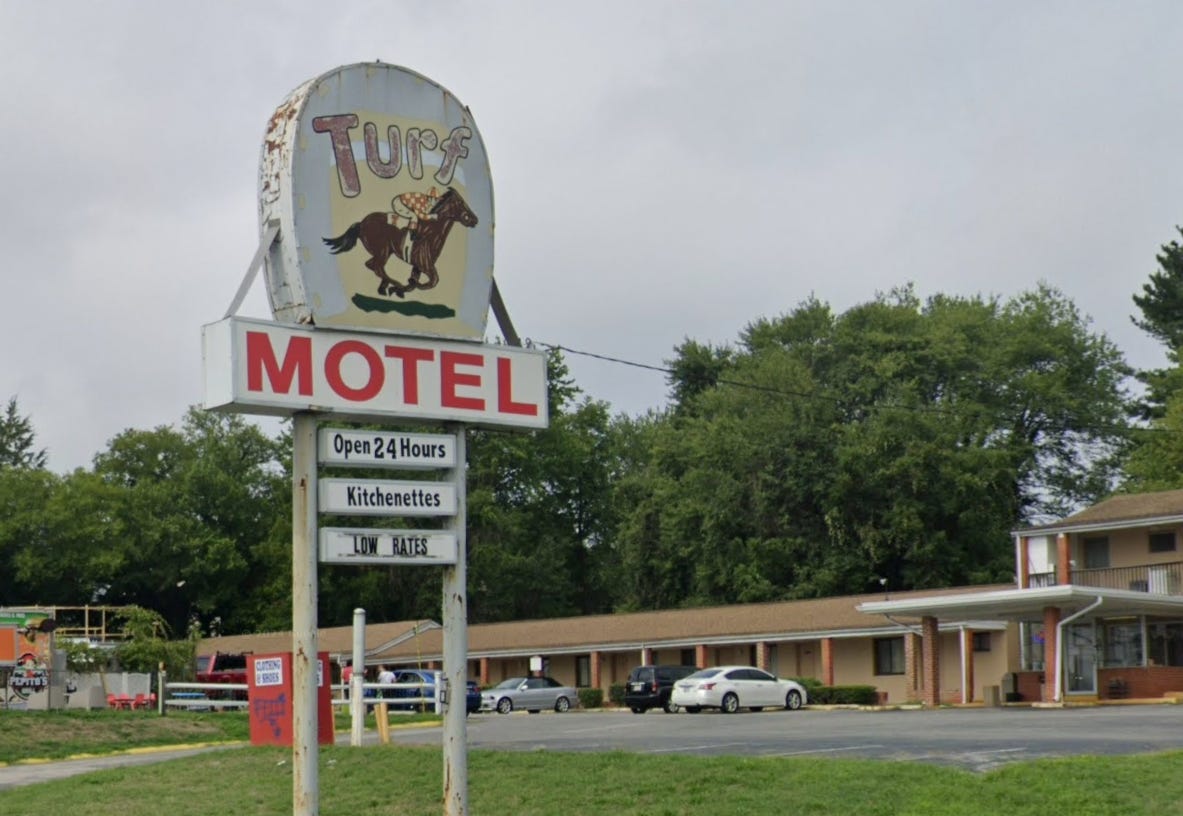
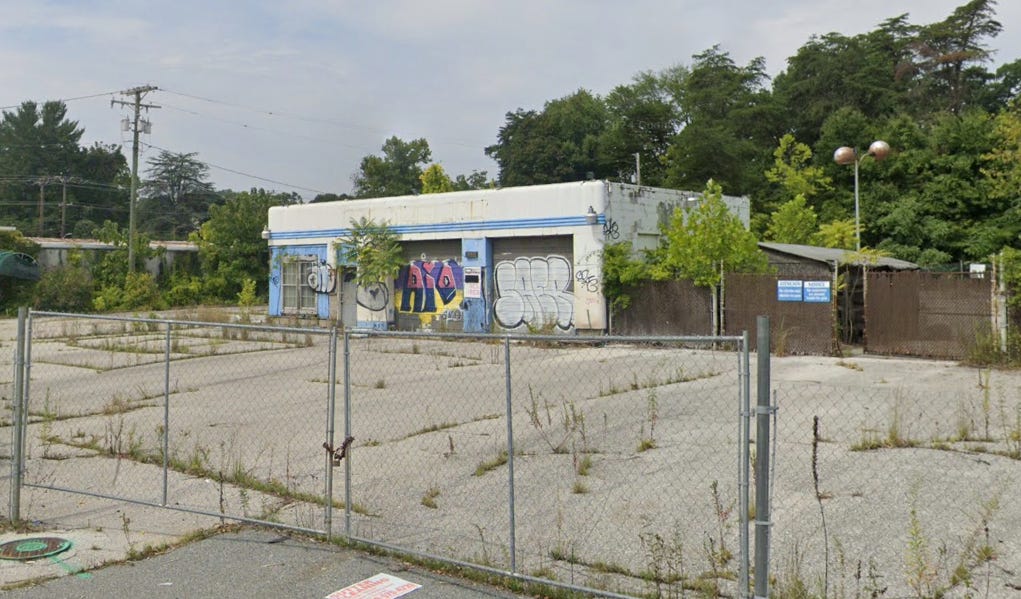

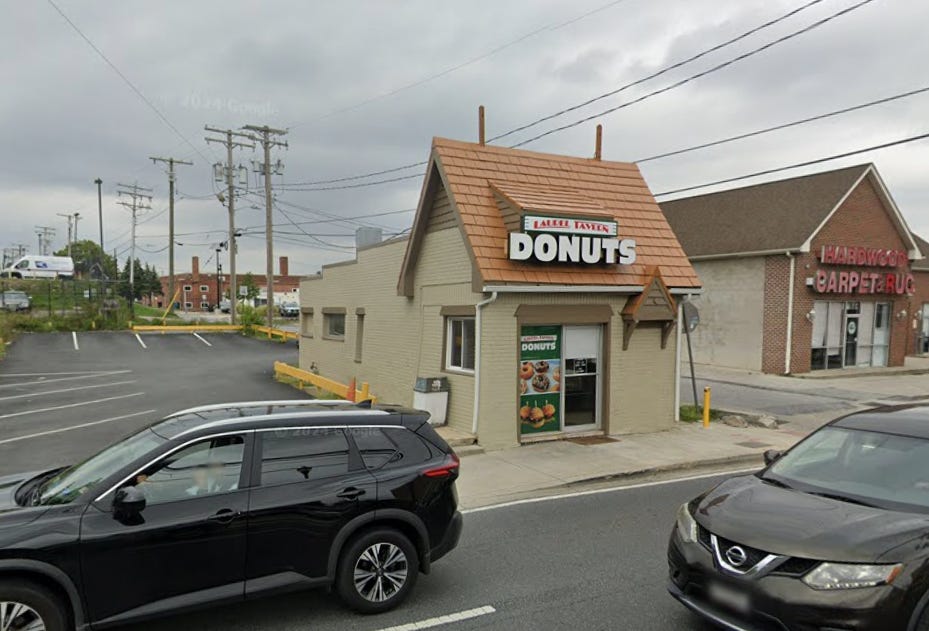
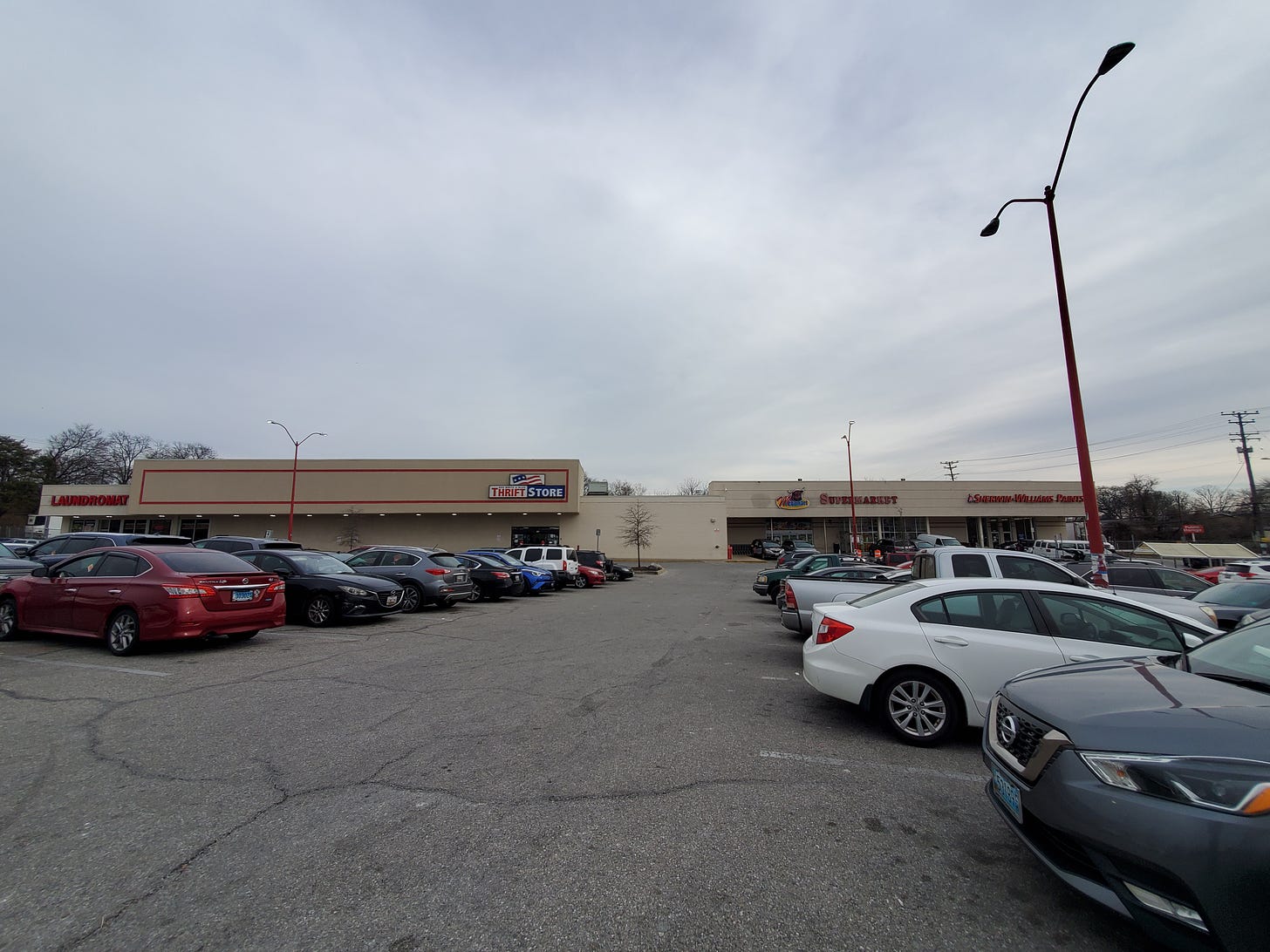
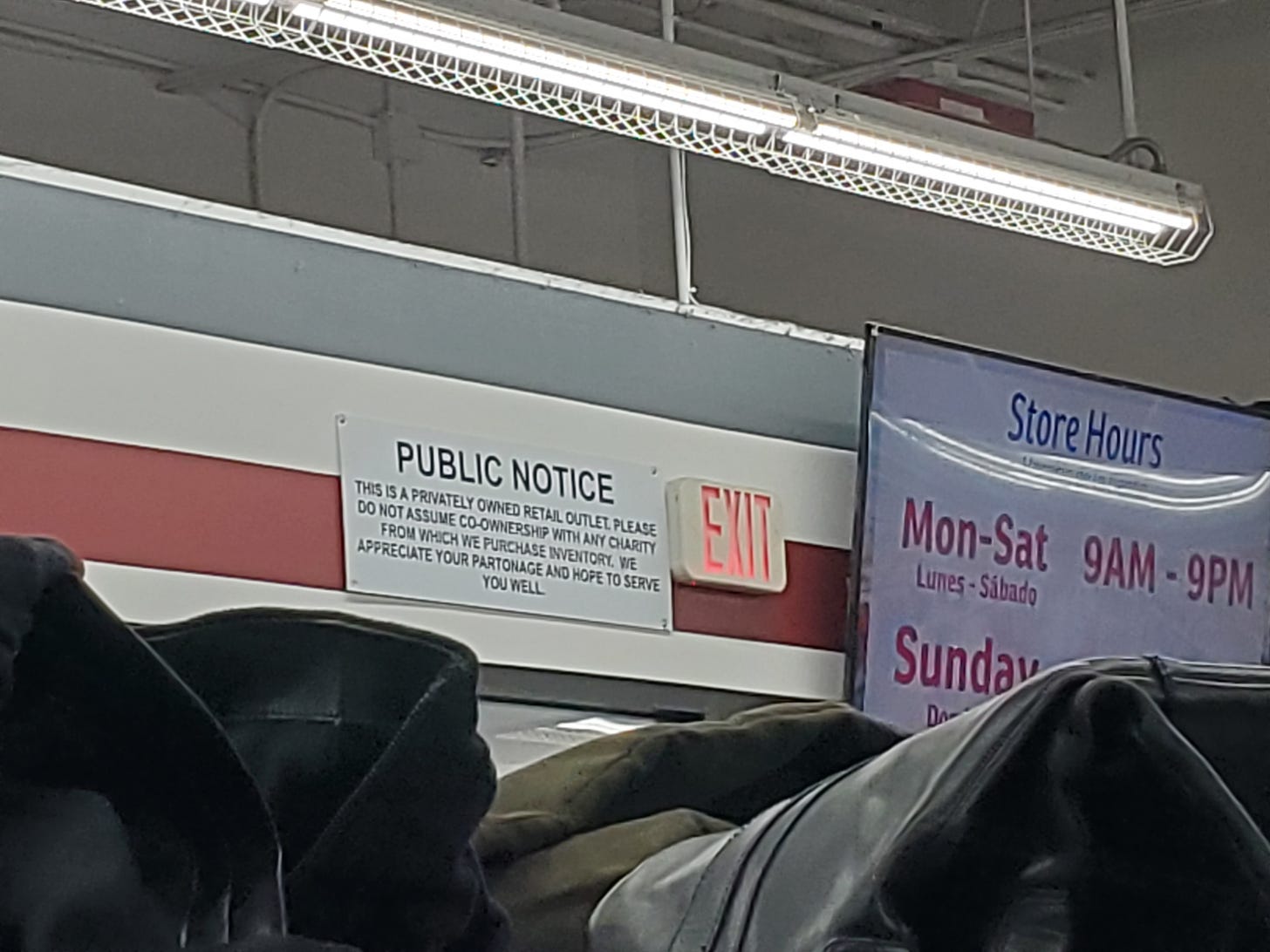
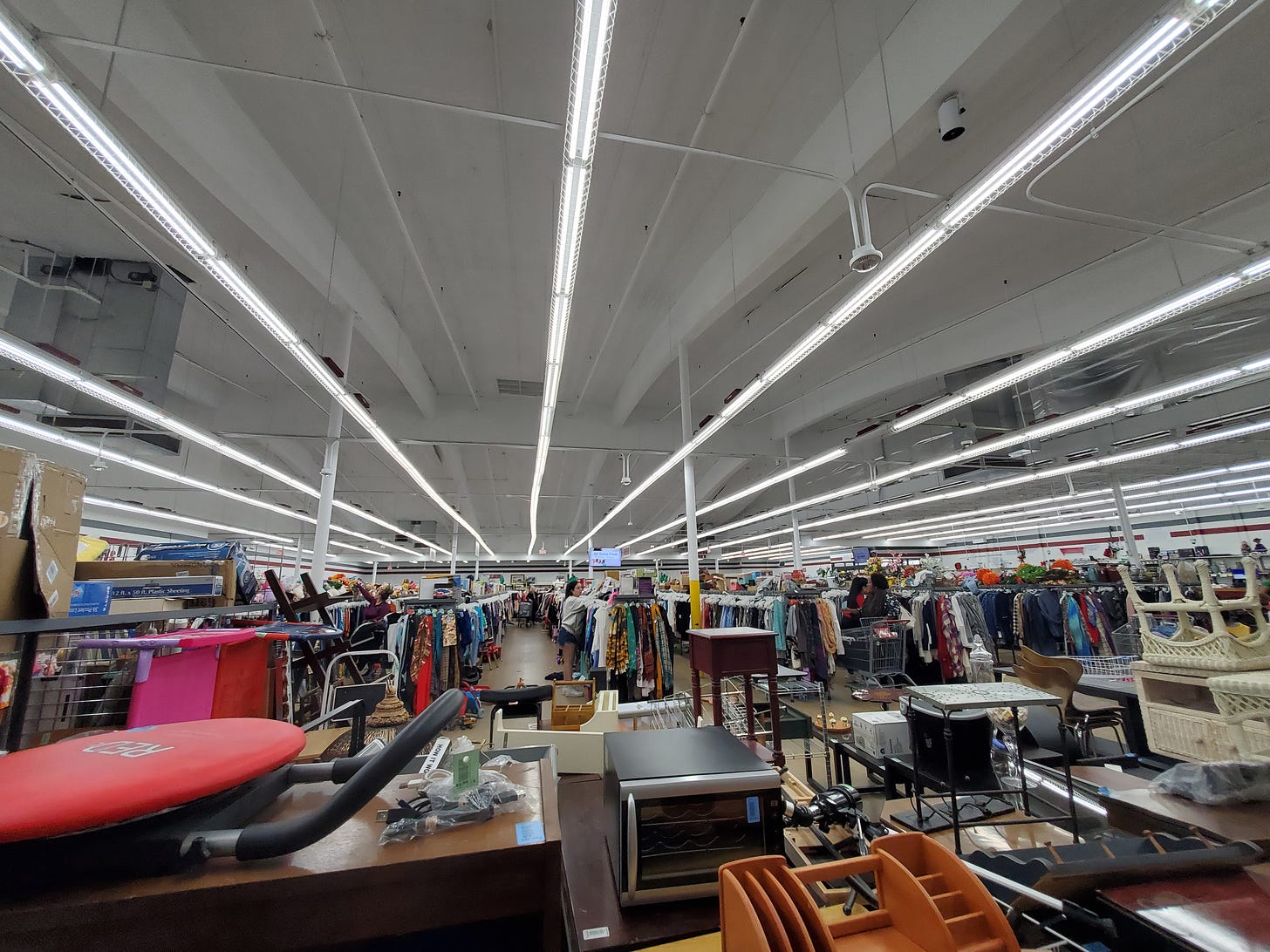
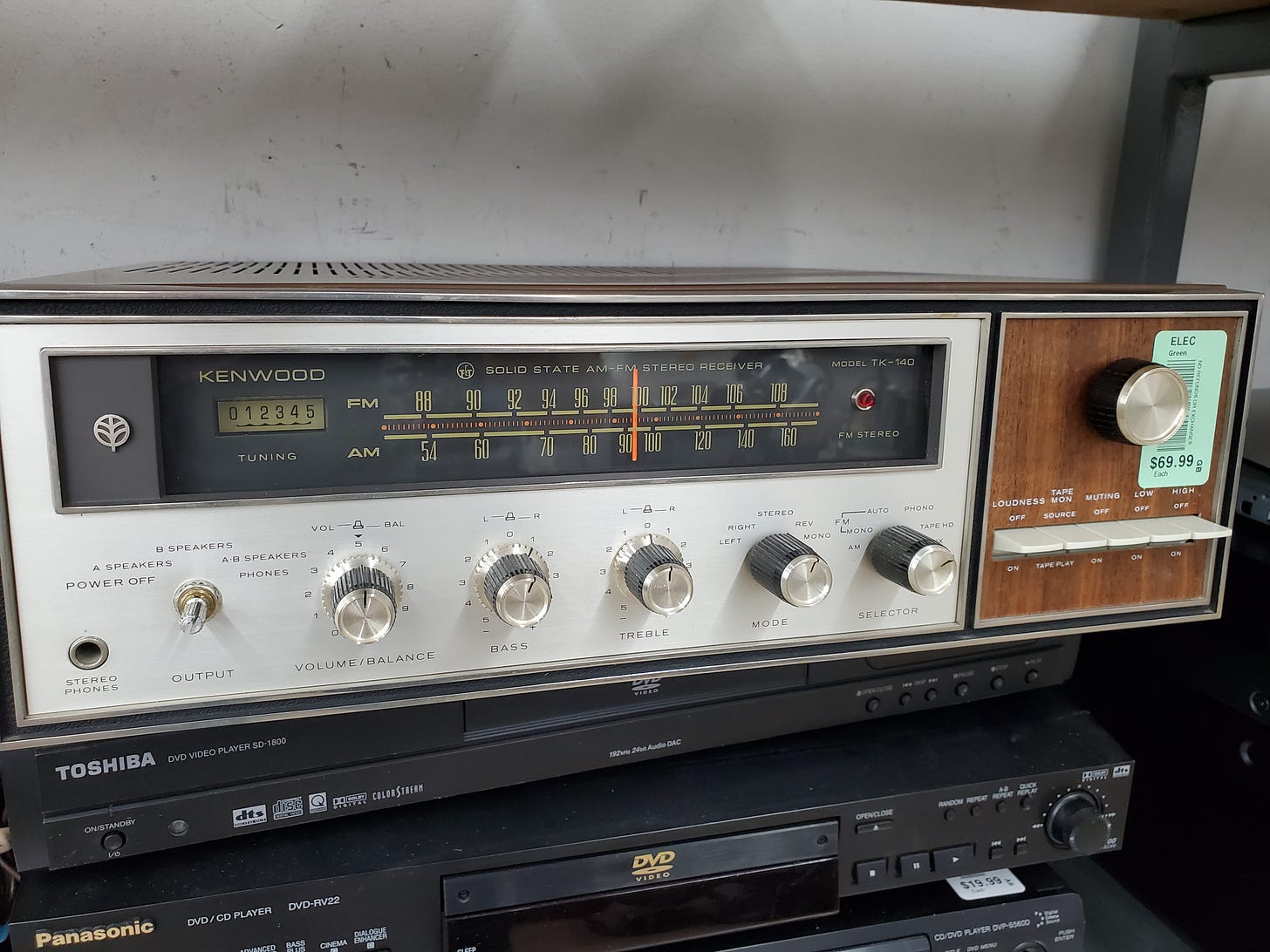
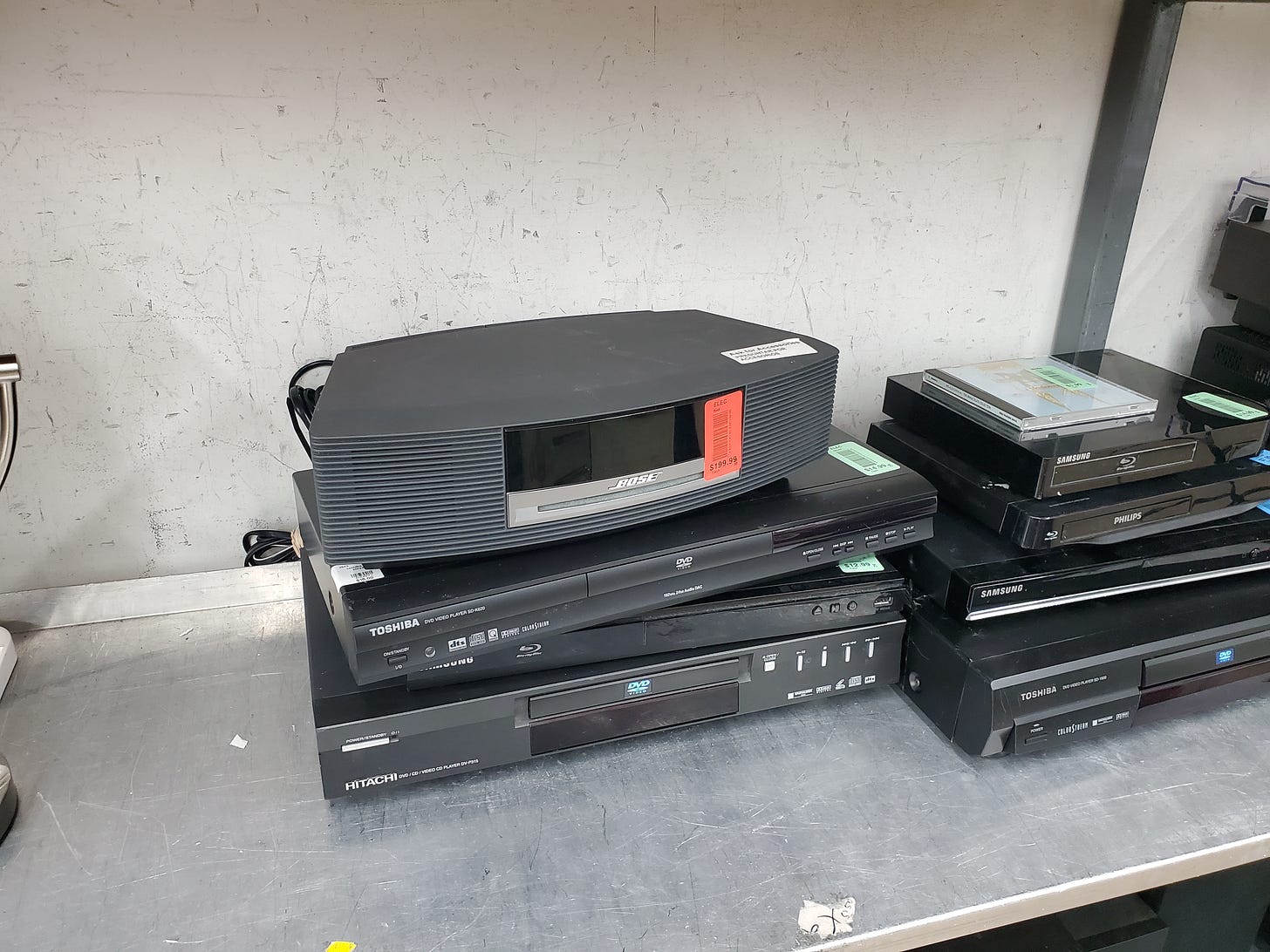
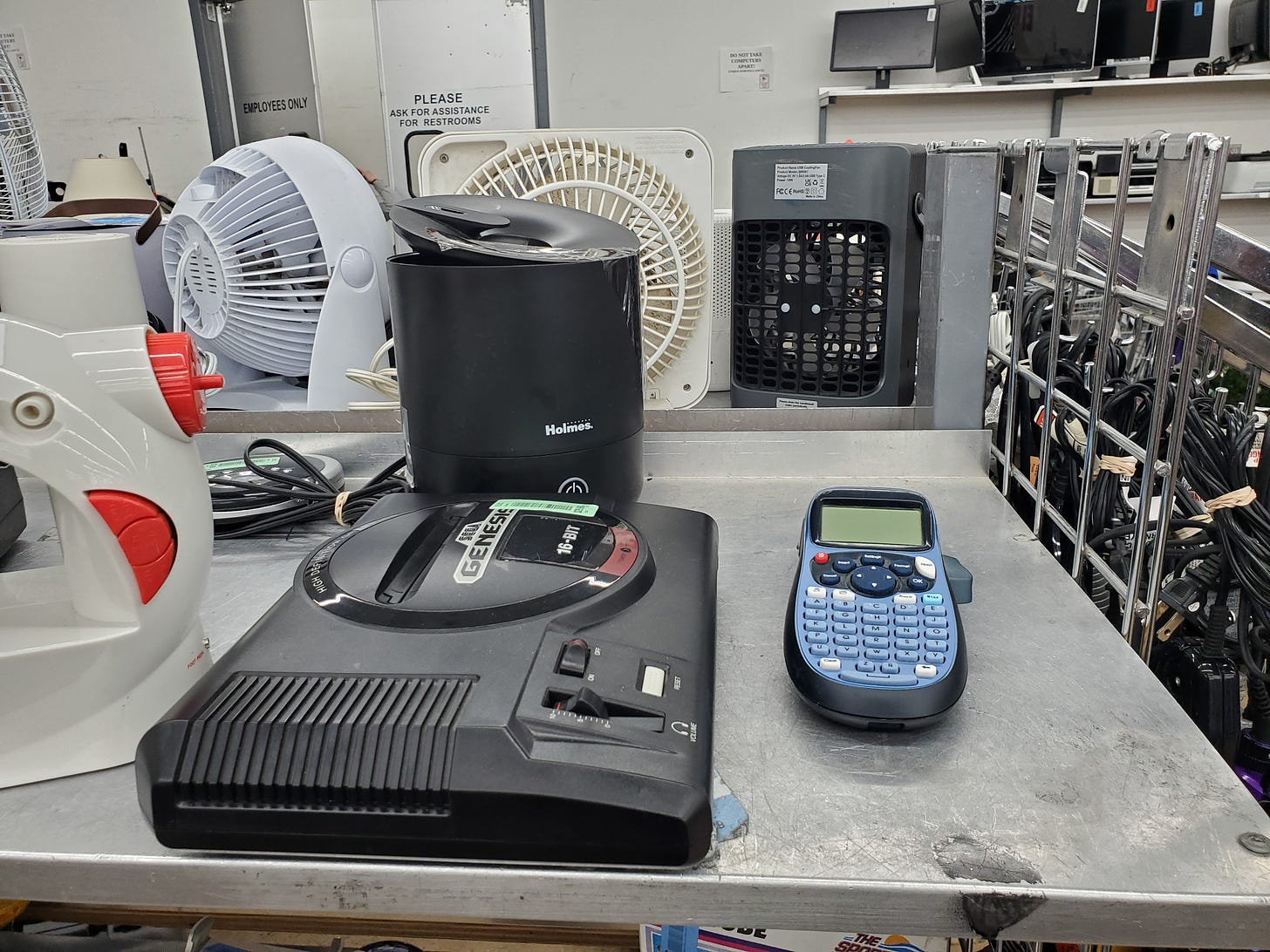
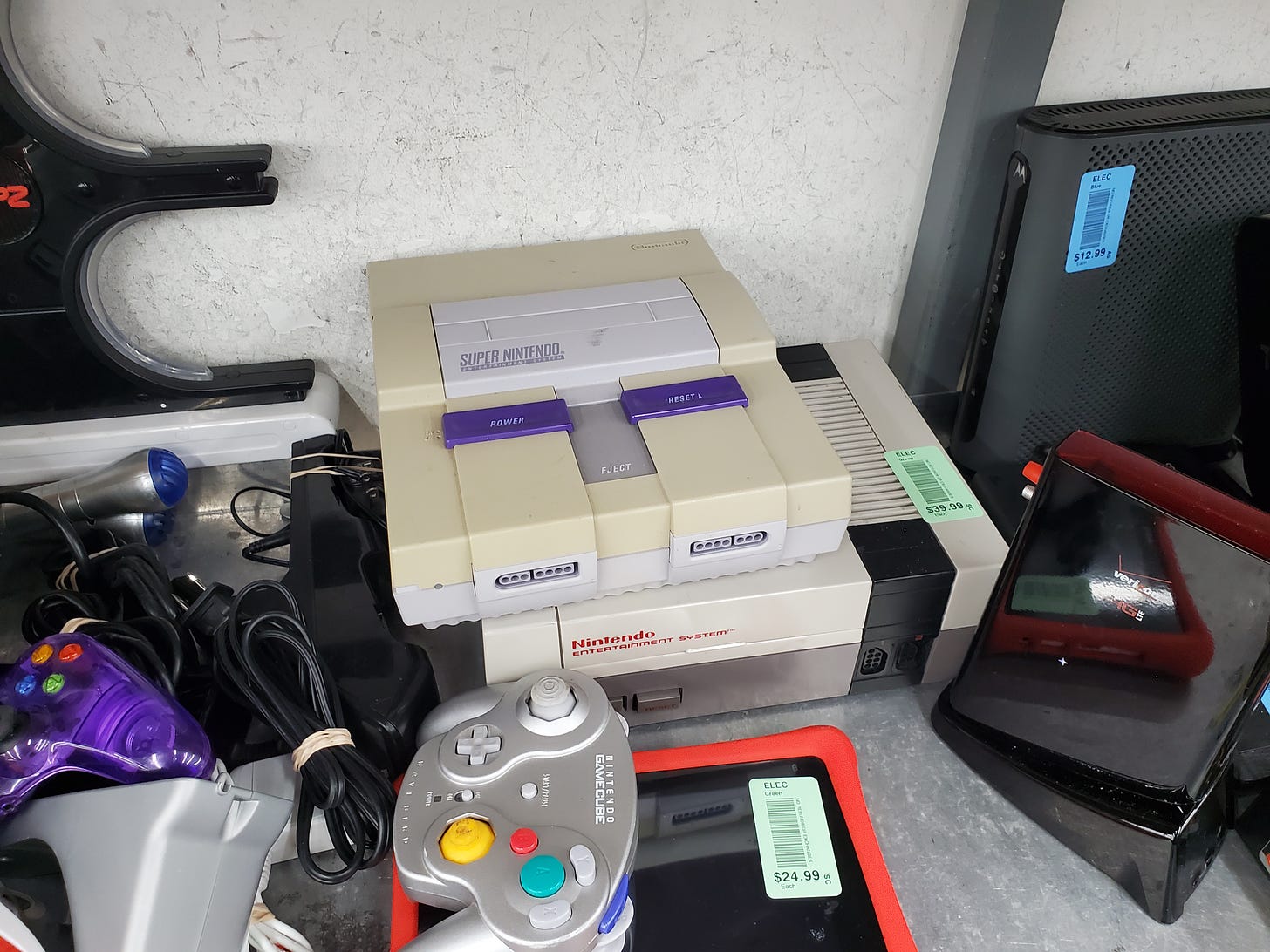

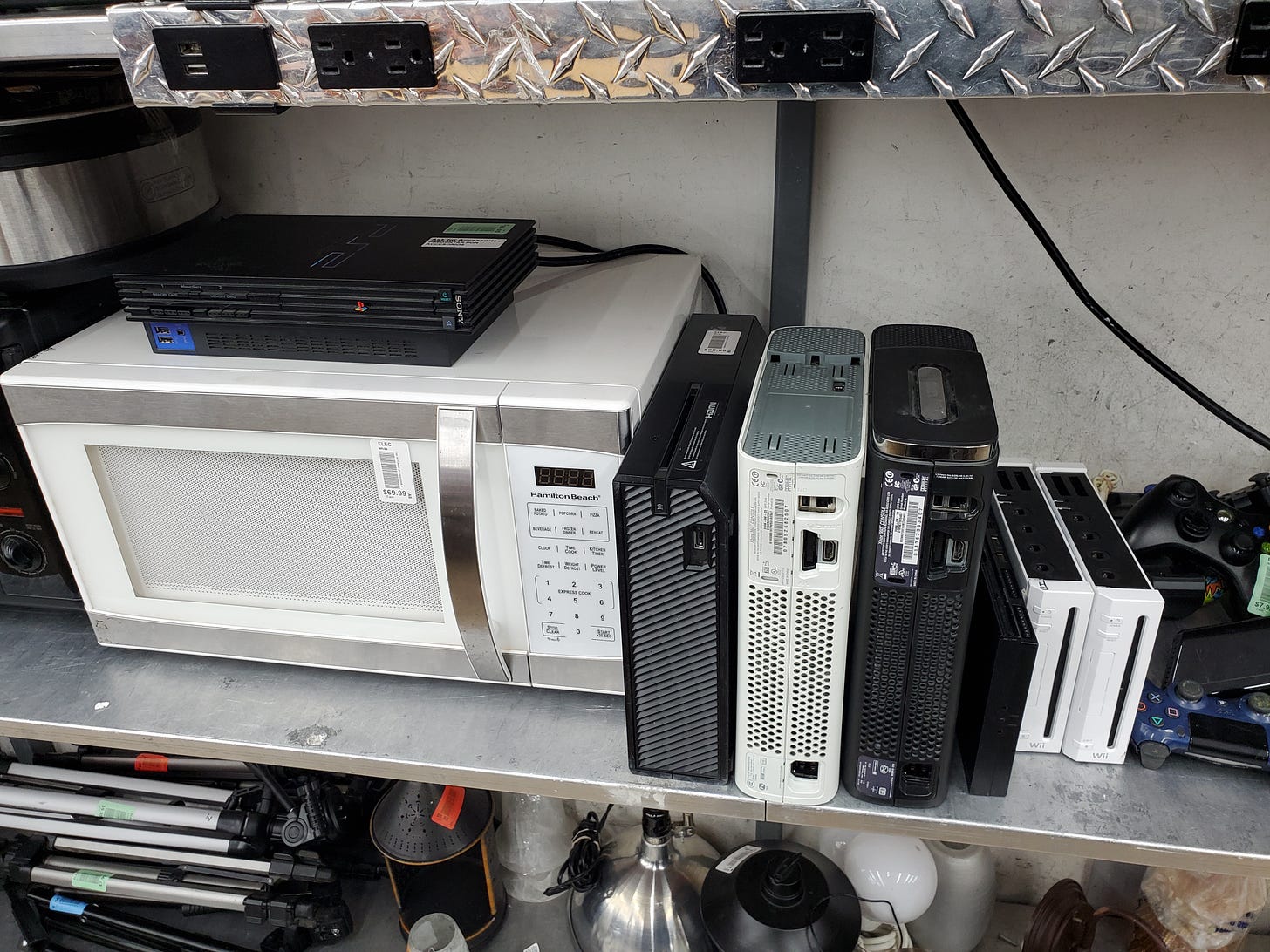
"There are antiquarians among us!" Relics of all kinds attract my eye and casual interest too. Our civil landscape shelters the scrap of modern times. The junk of the past is destined to become a White Elephant gift this Christmas, maybe.